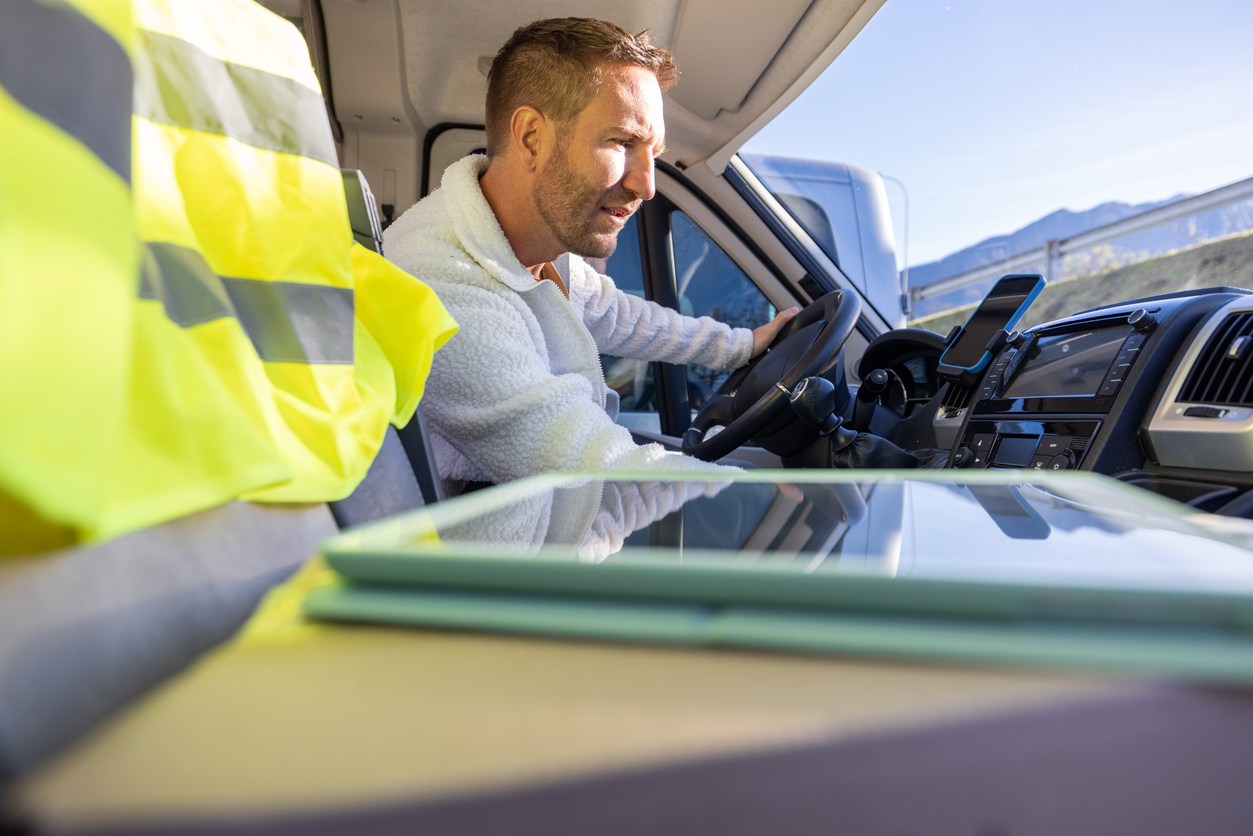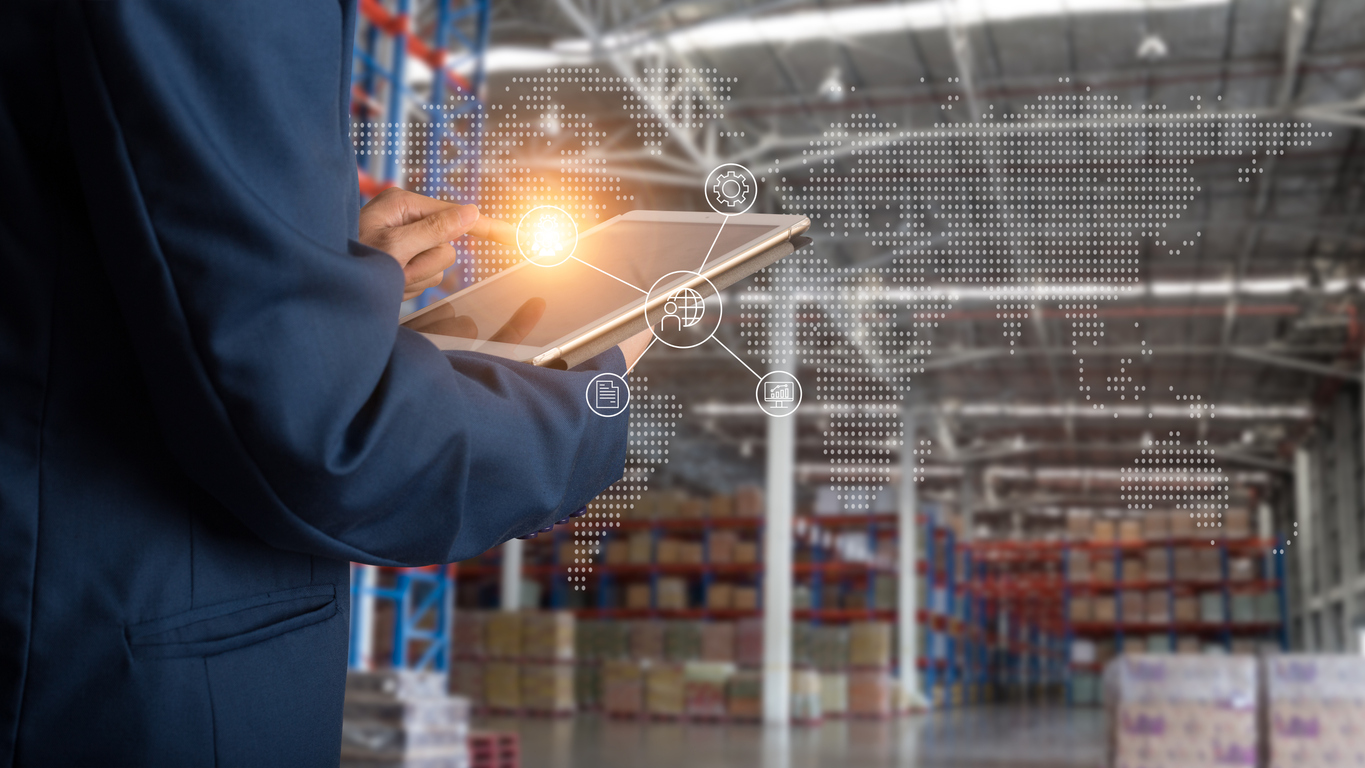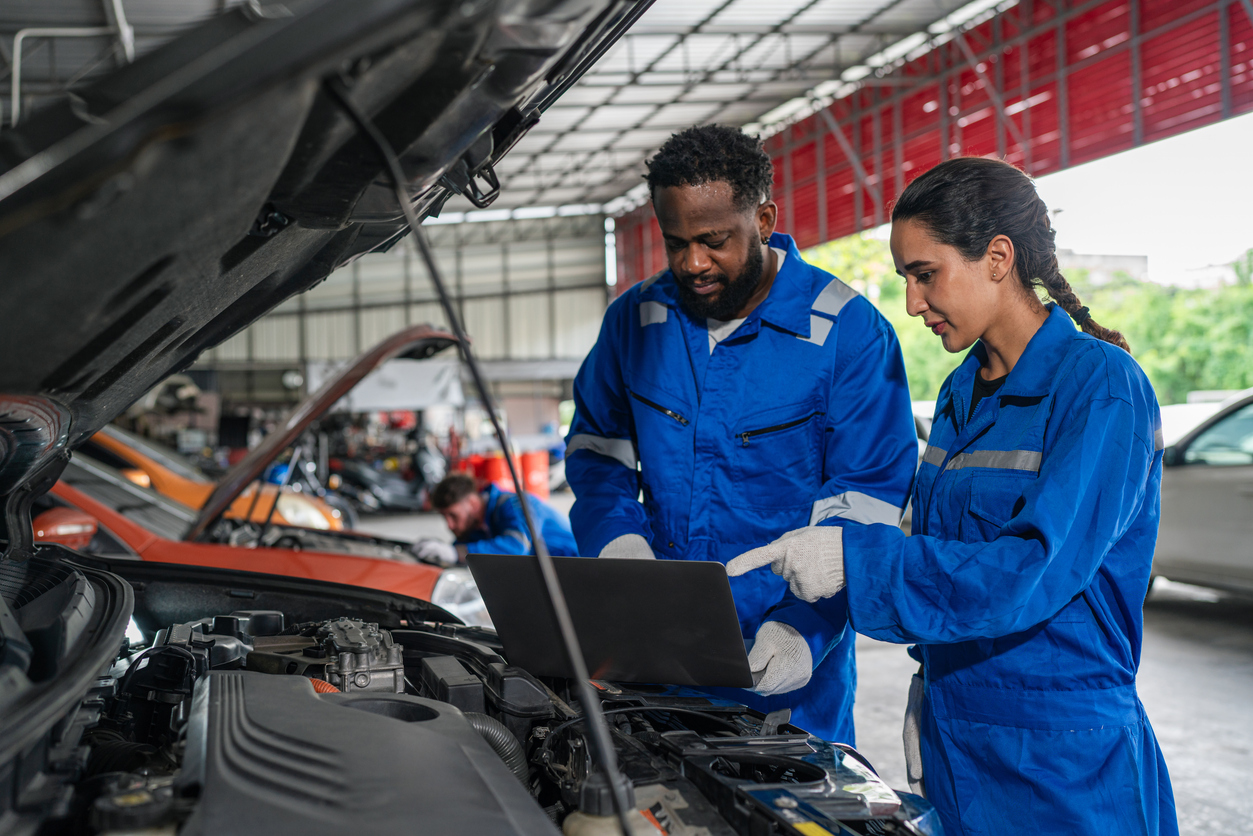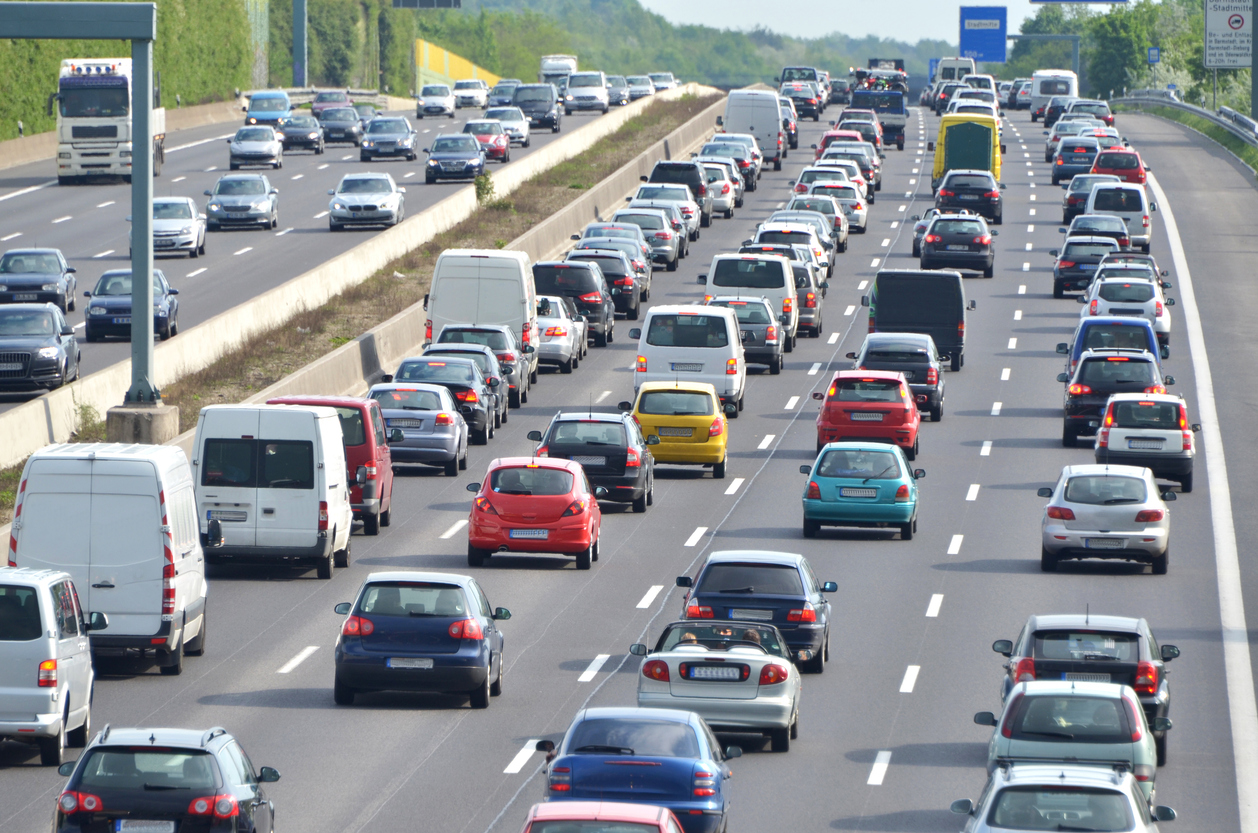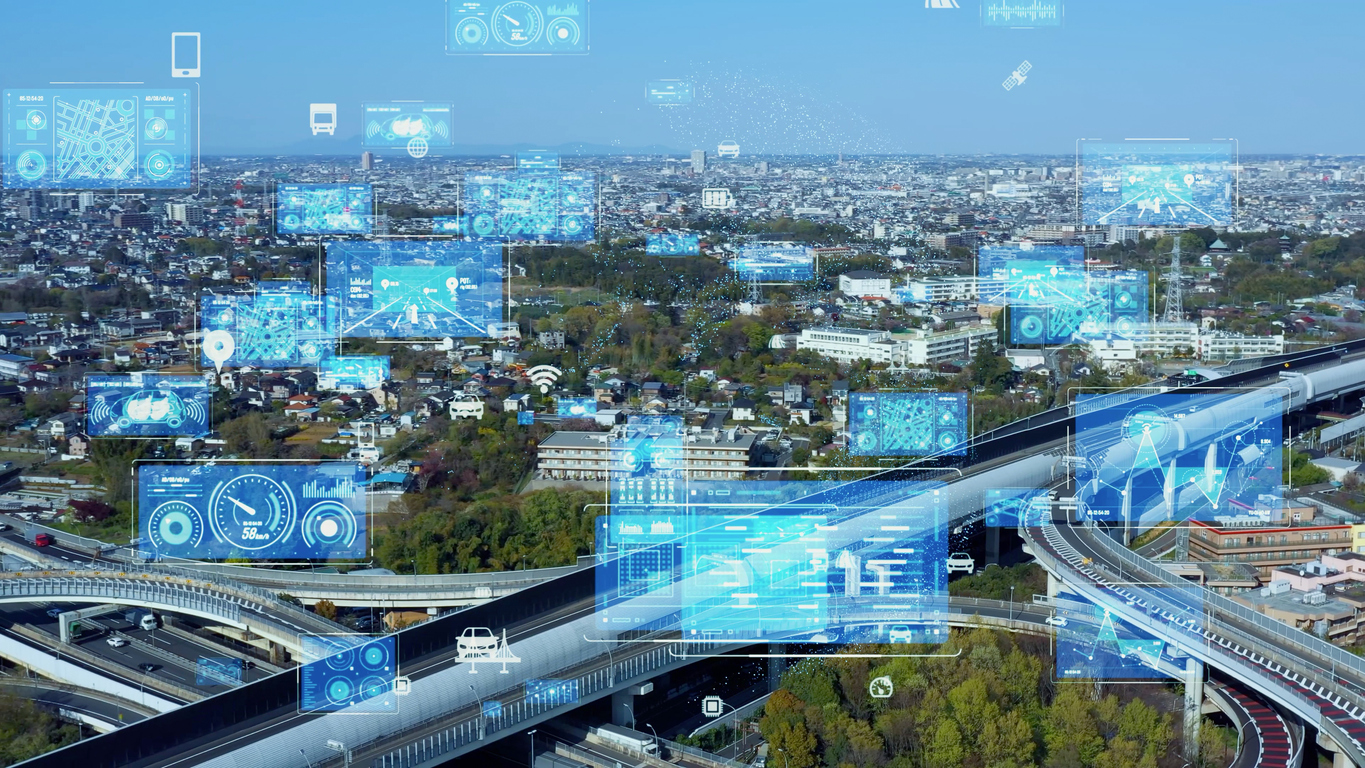Fleets have a voice to express how the UK can achieve net-zero emissions in transportation by 2050. The UK is the first major economy to pass net-zero emissions law to end its contribution to global warming. To achieve net-zero, a set of steps will offset the number of greenhouse gases (GHG) in the atmosphere.
The Department for Transport (DfT) is developing its Transport Decarbonisation Plan (TDP) to outline the steps everyone as a society needs to follow to reduce emissions to meet its 2050 greenhouse gas emission target. The TDP will target five priorities:
1. Decarbonisation of Road Vehicles
To achieve zero emissions, vehicles and roads must continue changing. The DfT says there needs to be more charging infrastructure, specifically in urban areas where air quality concerns are the greatest.
The Government is providing £500 million to construct faster EV charging networks so drivers will always be within 30 miles of a fast-charging station. An additional £2.5 billion is being invested towards grants to increase the uptake of electric cars, taxis, motorcycles, and vans, as well as funding for residential and workplace charging infrastructure.

2. Decarbonising How We Receive Our Goods
The increase in popularity of online shopping has significantly increased the amount of domestic freights. The DfT claims this has led to a 67% rise in emissions since 1990 and a 19% increase since 2012. To aid in reducing these measures, the Government has implemented plans to decrease van GHG by 17% by 2050- despite expecting to increase an additional 70% by 2050.
One of the methods is to increase the maximum weight of alternatively fueled vans for a cleaner and quick delivery process.
3. Accelerating the Modal Shift to Public and Active Transport
Cars are the number one mode of transportation, so the Government’s goal is to increase the usage of public transport and active travel- such as walking and cycling. With 94% of car trips being less than 25 miles and 58% even less than five miles choosing to cycle, or walk is the obvious choice for short journeys.
This transition will not be an easy fix and requires a shift in infrastructure and behaviour. The pandemic has made public transportation less appealing to individuals, but the Government is still prioritising zero-emission buses.
4. Place-Based Solution
When it comes to greenhouse gases, there is not a “one-size-fits-all” solution as the about of emissions vary within different parts of the country. The way around this is to understand where, why, and how emissions occur in specific locations. To do this, the Government will work with local authorities to decide how to best address the emissions at a local level.
5. Reducing Carbon in a Global Economy
Transportation is a vital component of international trade and the economy. The UK aims to be the center of low carbon innovation to help kickstart the global transition to low carbon transport.





